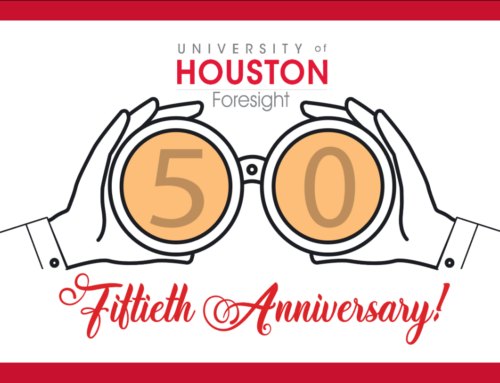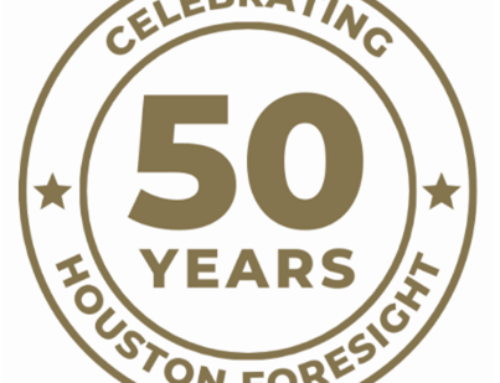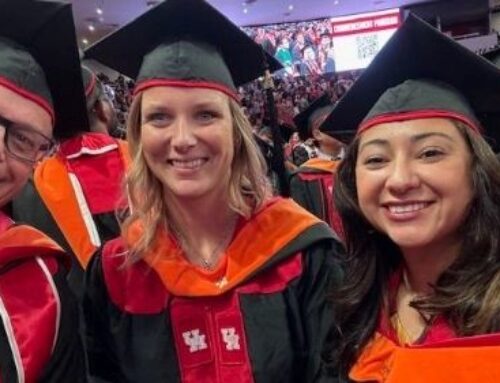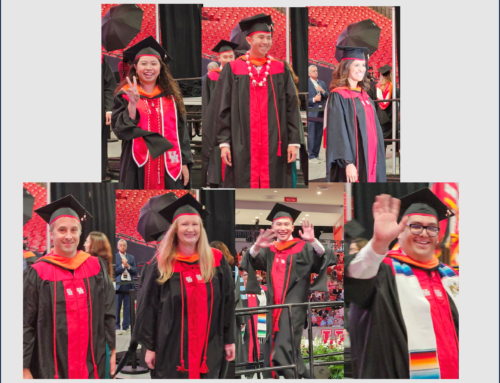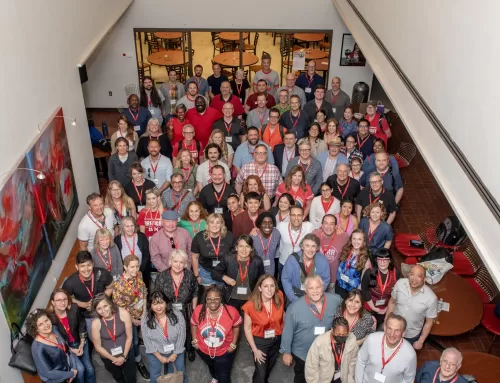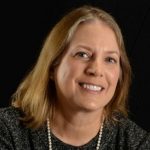 Greetings from across the pond! This summer I’m working as an intern in the Corporate Foresight team at Evonik Creavis in Marl, Germany, a location that provided me a wonderful opportunity to attend the Design, Develop, Transform (DDT) futures conference, co-sponsored by the Erasmus University College Brussels and the Museum of Contemporary Art Antwerp (M HKA), held 15-17 June in Brussels and Antwerp, Belgium. This was one of a group of three futures conferences in Europe during early June called the Summer of Futures, with additional conferences in Jondal, Norway, sponsored by the World Futures Studies Federation (WFSF), and in Turku, Finland, sponsored by the Finland Futures Research Centre (FFRC).
Greetings from across the pond! This summer I’m working as an intern in the Corporate Foresight team at Evonik Creavis in Marl, Germany, a location that provided me a wonderful opportunity to attend the Design, Develop, Transform (DDT) futures conference, co-sponsored by the Erasmus University College Brussels and the Museum of Contemporary Art Antwerp (M HKA), held 15-17 June in Brussels and Antwerp, Belgium. This was one of a group of three futures conferences in Europe during early June called the Summer of Futures, with additional conferences in Jondal, Norway, sponsored by the World Futures Studies Federation (WFSF), and in Turku, Finland, sponsored by the Finland Futures Research Centre (FFRC).
The DDT meeting was organized by Maya Van Leemput and others with presentations and discussions of innovative ideas about the future structured around the three main themes of Design, Develop, and Transform. During the first day in Brussels, Jim Dator, Professor Emeritus and former Director of the Hawaii Research Center for Futures Studies, delivered the plenary lecture, followed by presentations in the three tracks aligned with the Design, Develop, and Transform themes. After the opening day, the conference moved to the Museum of Contemporary Art in Antwerp, where a temporary art installation of visions of futures is exhibited – and the final days of the program were held.
Here is a link to the program, including presentations by a couple of familiar faces to the University of Houston Foresight program:
- Peter Bishop, retired Director of the UH Foresight program, presented an update on Teach the Future, an organization he founded and directs with the mission to encourage and support educators who want to include futures thinking in their classes and schools at all levels.
- Wendy Schultz, UH Foresight Instructor and principal at Infinite Futures, led the Association of Professional Futurists (APF) Professional Development workshop, along with Andrew Curry, where teams worked collaboratively to create scenarios describing museums of the future. It was a fun exercise using a variety of images, media, and manipulatives (Legos!) to inspire and encourage creativity and futures thinking that would lead to scenarios that might push the boundaries of Dator’s Second Law: Any useful statement about the future should seem to be ridiculous.
The conference provided a good mix of theoretical and practical ideas on scenario building and gave me greater insights into the four Manoa scenario archetypes. Best of all, I enjoyed the opportunity to meet and spend time with this group of brilliant futurists and to hear of the work they are doing using foresight and futures thinking to design, develop, and transform the future. A young futurist from Toronto commented to me, “I’m new to this community and have met most of these people for the first time at this meeting, but I’m awestruck with how affirming it feels finally to have found my tribe!” How true! — Bes Baldwin

